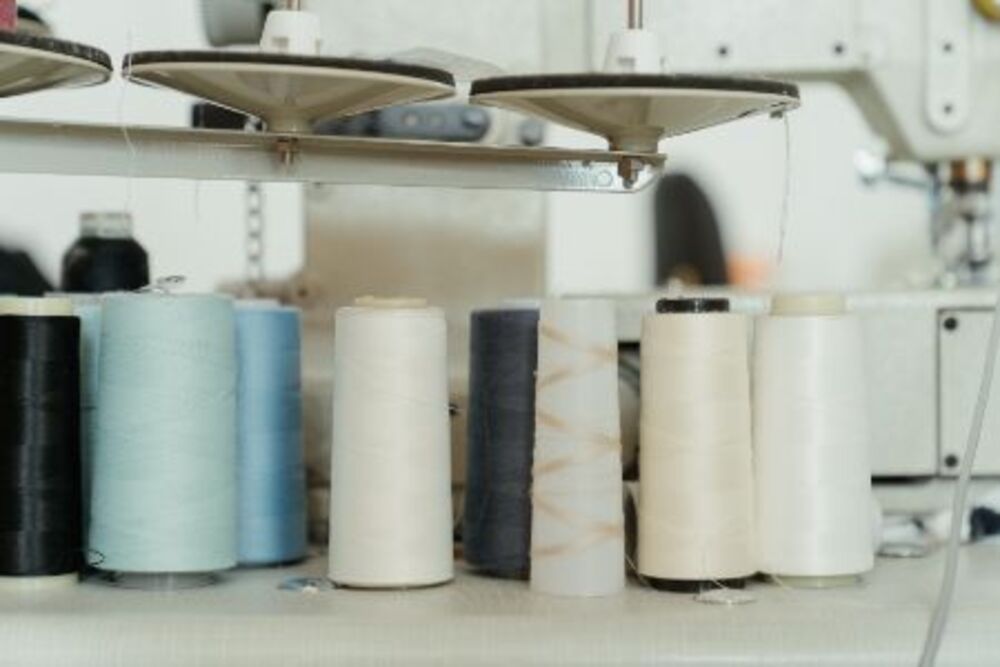
The Different Functions of a Sewing Machine
Most sewing machines can produce a straight stitch, while some also perform other functions. To ensure that your project runs smoothly and to maximize performance, it is important to know and understand each function of a sewing machine. Look out for the best embroidery machine for beginners.
The foot pedal or operation control button (operator control button) determines when and if your machine starts or stops operating. Depending on its model, this may also control stitching speed.
Needle
Sewing machines use needles to move through fabric as they stitch. You can manually adjust this needle’s position so as to steer or move up and down seams as required.
At first, sewing was likely done manually using bone fragments as needles and animal sinew thread. Over time however, as people gained more experience sewing they developed tools and methods to make it less labor-intensive.
A needle has an indicator that indicates its size based on either standard numbering system or the metric system used on certain sewing machines. Additionally, its butt is equipped with beveled edges for easier insertion into needle bars, and some include notches to accommodate the bobbin or eyes that accept multiple thread strands at once.
Bobbin
The bobbin holds the lower thread used when sewing along with top thread from a spool pin, and its size and shape vary depending on which machine it’s being used on; longer, narrow bobbins used on early transverse shuttle and vibrating shuttle machines have given way to shorter and wider ones in more modern models.
A bobbin is a metal case that snaps onto the front of a sewing machine to be “picked up” by its needle, providing essential thread-color-coordinated sewing tools. A good supply of matching bobbins is an indispensable sewing resource.
Threading the bobbin on most machines is straightforward by following the directions in your manual and consulting the printed diagrams near the thread spool pin, while markings provide extra guidance for newcomers to sewing.
Feed Dogs
Feed dogs resemble teeth in that they grip fabric when stitching with needle. Their presence is integral to any successful sewing project and has an immediate bearing on stitch quality and seam accuracy.
Clean and oil your feed dogs regularly to keep them working smoothly and prevent lint and debris from interfering with fabric gripping capabilities. Over time they may become dry and stiff – adding a drop or two of sewing machine oil will keep them lubricated and functionally.
If your feed dogs have become stuck in their low position, it may require some trial and error before being raised back up again. Consult your manual or seek professional assistance from an expert technician for advice.
Thread Tension Dial
The thread tension dial works in conjunction with two metal tension disks to regulate how much pressure your machine’s upper thread applies, enabling you to tailor upper thread tension based on fabric thickness and type. A properly functioning dial allows you to make adjustments as required based on fabric type thickness and thickness.
Turning a regulator clockwise brings closer the discs, increasing pressure on the thread. On the other hand, turning it counterclockwise decreases tension on it.
Different settings may be necessary depending on the fabric and thread types being used, to achieve perfect stitch formation. For instance, using cotton thread with polyester in the bobbin requires lower settings than thick fabrics like denim due to their thread weights being different.
Thread Take-Up Lever
Sewing machines feature a metal lever resembling a hook at the top that raises and lowers your needle to supply thread. If it appears not to be moving as expected, check for debris such as lint that may have lodged between its tines which might be blocking it from working correctly.
The rotary thread take-up lever features locking fingers 9 on its rear edge. As soon as this device is reciprocated, its upper thread 6 is locked between these fingers during its forward travel and supported by thread holding point 15 during its return travel – this prevents thread from coiling around engaging portion and disrupting normal stitches as well as increasing risk of breakage – especially important on high speed sewing machines.
